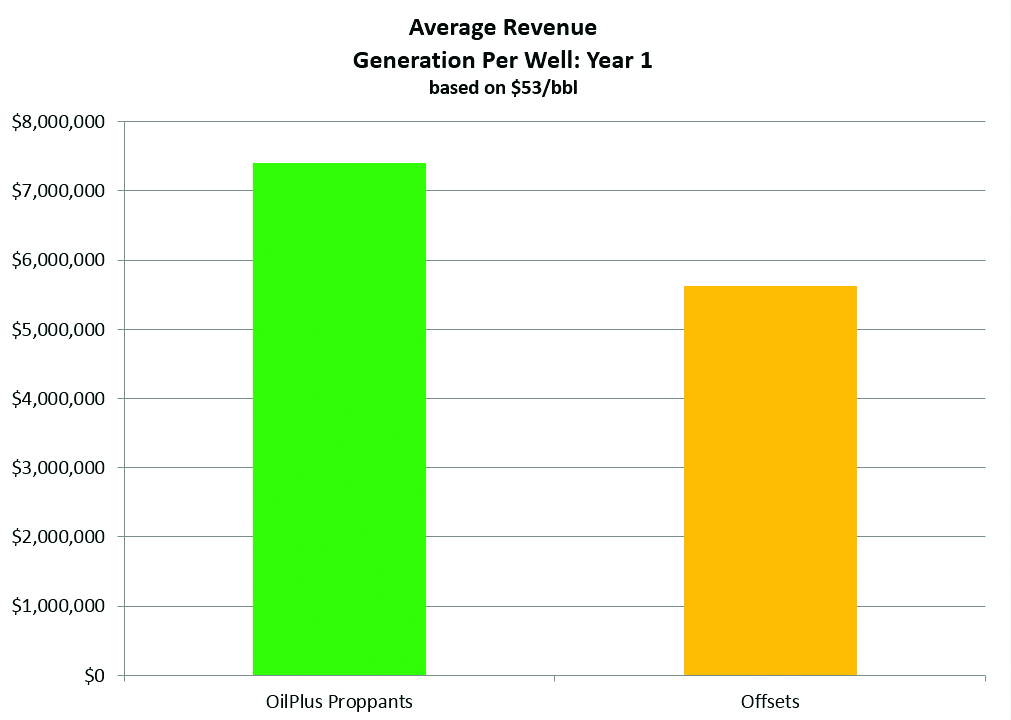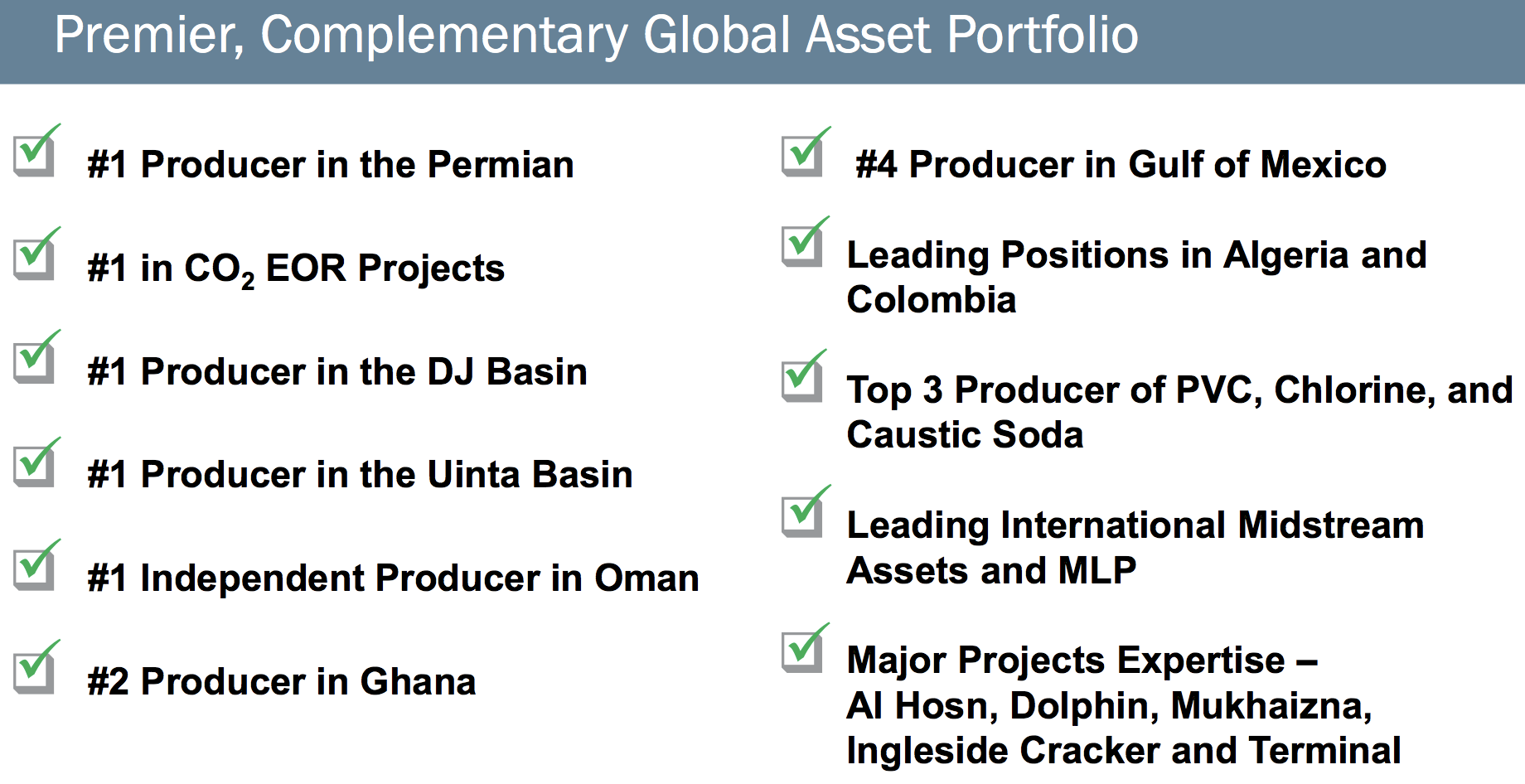

The P values for the intercept, C, P, and W are below 0.05 and range from 2 × 10 − 6 (for C) to 0.04 (for the intercept). A multilinear fit of d, W, P, C, r U, and r S to ln m ˙, where m ˙ (mg hour −1 well −1) is the methane flow rate, gives an R 2 value of 0.44 and a P value of 4.4 × 10 − 8. No strong trends are observed between methane flow rates and well depth ( d), distance to the nearest unconventional well ( r U), or distance to the nearest underground natural gas storage field ( r S).

oil or combined oil and gas), plugging status ( P), and coal area designation ( C) ( Table 1 and SI Appendix, Table S3). Methane flow rates are most strongly related to well type ( W gas vs.

In this work, we focus on Pennsylvania, which has the longest history of oil and gas development, to determine and explore the role of well attributes, mainly depth, plugging status, well type (e.g., gas or oil), and coal area designation as well as proximity to subsurface-based energy activities, on methane leakage. However, compilation and analysis of historical documents, modern digital databases, and field investigations can be used to infer well attributes of the many wells without data. Previous studies have been limited to wells and attributes with readily available data ( 12, 14). Well attributes that may be correlated with methane emissions include depth, plugging status, well type, age, wellbore deviation, geographic location, oil/gas production, and abandonment method ( 9, 10, 12– 14). As a result, there is a lack of data to characterize abandoned oil and gas wells and the possible relationship between methane emissions and well attributes. The century-and-a-half-long history of oil and gas development in Pennsylvania and other US states, such as Texas and California, has resulted in millions of abandoned wells, and in many cases, poorly documented or missing well records ( 3, 9– 11). Our methodology combining new field measurements with data mining of previously unavailable well attributes and numbers of wells can be used to improve methane emission estimates and prioritize cost-effective mitigation strategies for Pennsylvania and beyond. This estimate represents 5–8% of annual anthropogenic methane emissions in Pennsylvania. Our attribute-based methane emission data and our comprehensive estimate of 470,000–750,000 abandoned wells in Pennsylvania result in estimated state-wide emissions of 0.04–0.07 Mt (10 12 g) CH 4 per year. Repeat measurements over 2 years show that flow rates of high emitters are sustained through time. High emitters are best predicted as unplugged gas wells and plugged/vented gas wells in coal areas and appear to be unrelated to the presence of underground natural gas storage areas or unconventional oil/gas production. Using our databases, we ( i) improve estimates of the number of abandoned wells in Pennsylvania ( ii) characterize key attributes that accompany high emitters, including depth, type, plugging status, and coal area designation and ( iii) estimate attribute-specific and overall methane emissions from abandoned wells. We couple 163 well measurements of methane flow rates ethane, propane, and n-butane concentrations isotopes of methane and noble gas concentrations from 88 wells in Pennsylvania with synthesized data from historical documents, field investigations, and state databases. However, identifying high emitters remains a challenge. Recent measurements of methane emissions from abandoned oil/gas wells show that these wells can be a substantial source of methane to the atmosphere, particularly from a small proportion of high-emitting wells.


 0 kommentar(er)
0 kommentar(er)
